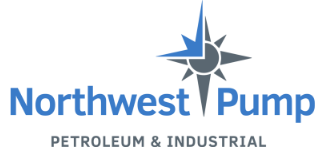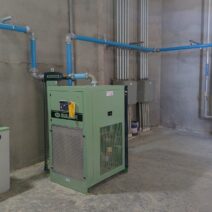
Mar 14, 2025 | Industrial
Contaminants such as dirt, dust, or moisture are the enemies of compressor system longevity. While air treatment products like filters and air dryers remove these contaminants, oil vapors make disposing of leftover condensate a more complicated process. An oil-water separator is a vital part of any compressor system to ensure that condensate is safe for […]
Read More

Feb 5, 2025 | Industrial
Pump systems handling food or beverages must maintain a sterile environment to comply with FDA regulations. These strict standards do not end when the product exits the discharge port of a pump. A sanitary hose system is key in maintaining sterile environments for food manufacturers. Here are the key differences between polymer and metal sanitary […]
Read More

Jan 17, 2025 | Industrial
Working with harsh or hazardous materials is uniquely challenging due to the risks posed to employees and equipment. Aggregate slurry pumps in the mining industry, caustic chemical transfer pumps, and RAS pumps in wastewater treatment typically have much shorter lifespans because of the materials they work with. Using a peristaltic pump offers an alternative […]
Read More

Dec 16, 2024 | Industrial
Over 700 communities in the United States rely on their local combined sewer system to remove wastewater from homes and businesses. These systems are space-efficient and cost-effective, and they can often mitigate flooding into residential structures or even roads. Preventing downtime, especially in combined sewer systems, is essential for public health. It also ensures the […]
Read More

Nov 14, 2024 | Industrial, Petroleum
With 80% of the world’s goods traveling by ship, efficient loading processes are essential for keeping supply chains running smoothly. Marine environments pose unique challenges to loading systems. These systems must withstand corrosion and meet high safety standards to prevent equipment failure, loss of product, and workplace injury. Moreover, each shipyard, dock, or marina must […]
Read More

Oct 15, 2024 | Industrial
Diesel engines have been the backbone of the marine industry since the early 1900s. Larger vessels utilize diesel-driven engines due to their simplicity, reliability, and energy efficiency. However, the challenge with this style of engine is often configuring the correct startup sequence to power the engine consistently and safely. This guide will delve into the […]
Read More







